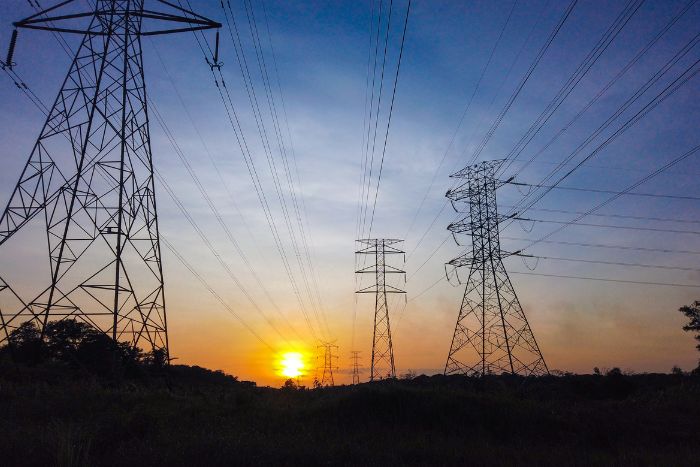The report says rising temperatures, heatwaves, and power demand are no longer separate problems but an interconnected threat.
A new study found that heatwaves drove 9% of India’s power demand in summer of 2024, resulting in the emission of 327 MtCO2. The report titled Breaking the Cycle by Climate Trends and Climate Compatible Futures said that investment in renewable energy storage and grid infrastructure will be a key to meet India’s power demand.
The report compared the data of rising temperatures, heatwaves, and electricity demand and found that they are no longer separate problems but are interconnected threats. Summer peaks are intensifying stress on the grid grid and power system, worsening emissions, and challenging both infrastructure and public health systems simultaneously.
The number of heatwave days above 40°C rose sharply in the latter half of decade, with 14 states recording a 15% increase in summer heat intensity between 2015 and 2024, said the report. India’s power system has also expanded, growing from 285 GW in 2015 to 461 GW in 2024. Renewable energy more than doubled from 84 GW to 209 GW, while fossil-fuel capacity also rose from 195 GW to 243 GW.
The report said that while coal continues to be the base energy resource, the rising share of renewable energy is elbowing it out. Renewable energy rose 121% over the decade while fossil fuel generation rose by 50% during the same period.
Disproportionate Impact on Rural Region
According to the report, power demand surge due to high temperature and heatwaves have a disproportionate impact on rural regions compared to urban areas.
Dr. Manish Ram, CEO of Climate Compatible Futures said, “Meeting the summer power demand surge with fossil fuels has led to more emissions and air pollution, exacerbating climate change and worsening health crisis. It’s important to break this cycle to avoid disproportionately impacting the financially disadvantaged and vulnerable sections of our society that bear the brunt of rising temperatures and heatwaves.”
Himalayan States Saw an Increase in Heatwave Days
The report saw an increase in the heatwave days in Himalayan states noting that Uttarakhand saw 11.2% and Ladakh 9.1%. increase in annual summer temperature in 2024. Uttarakhand had the most notable increase in heatwave days, from 0 heatwave days in 2023 to 25 heatwave days in 2024 reflecting the growing reach of extreme heat into previously moderate regions.
Central and Eastern states such as Madhya Pradesh, Jharkhand, and Chhattisgarh faced an average of 50 heatwave days every year between 2014 – 2024. Northern states such as Delhi, Uttar Pradesh, Punjab, and Haryana were identified as the most affected regions.
Critical Policy Gap in Linking Climate Adaptation with Energy Resilience
The report said that only four states, three cities, and one district currently integrate renewable energy measures such as solar-powered systems or battery backups into their Heat Action Plans (HAPs), which showed the critical policy gaps in linking climate adaptation with energy resilience.
It said that existing HAPs lacked comprehensive integration of energy and electricity planning. Future frameworks must include renewable backup systems, demand forecasting models, and urban cooling strategies to enhance preparedness and energy resilience during heatwaves.
About The Author
You may also like
Temporary CO2 Removal Will Help Offset Methane Emissions: Report
Rise in Fossil Fuel Burning is Making Floods Lethal in Asia
Rising Global Energy Demand Fuel Security Threats: WEO Report
World Off-Track on Climate Goals as Temperatures are Predicted to Rise: Report
A Fifth of Migratory Species Face Extinction from Climate Change: Report

